A game for practicing multiplication facts.
Use this resource in your classroom during maths rotations or whenever your students need to practise their multiplication facts.
Print out the game board on cardstock for added durability.
Students play the game in pairs. Each student gets a Cover Up! game board and a set of counters to play with. Students take turns rolling a pair of dice, finding the product, then covering one of the matching numbers on their game board. The student to cover all of their numbers first wins!
For students needing more of a challenge, have them play on the same game board. The first student to call out the product gets to cover a matching number on the game board. The student to cover the most hearts at the end of the game wins!
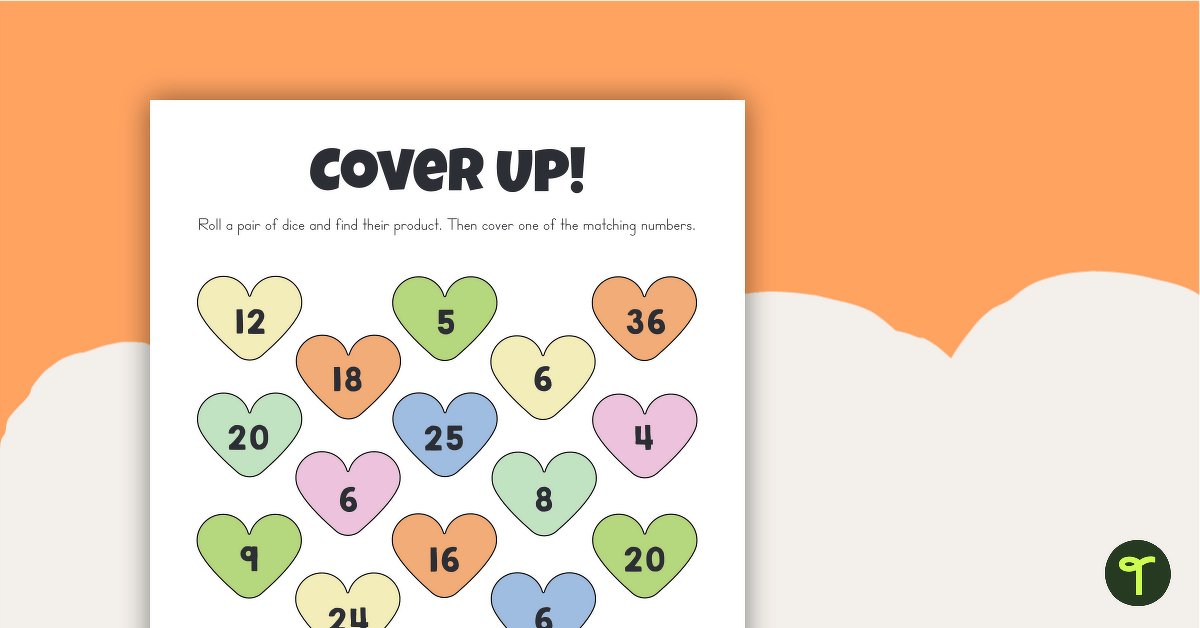

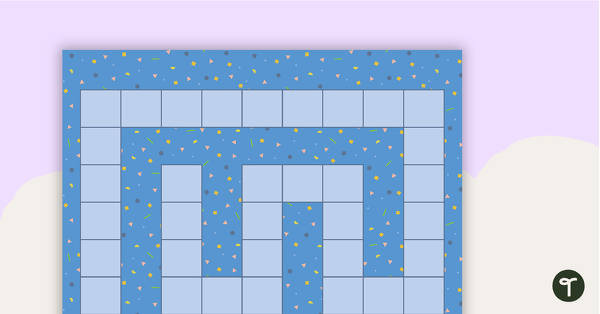


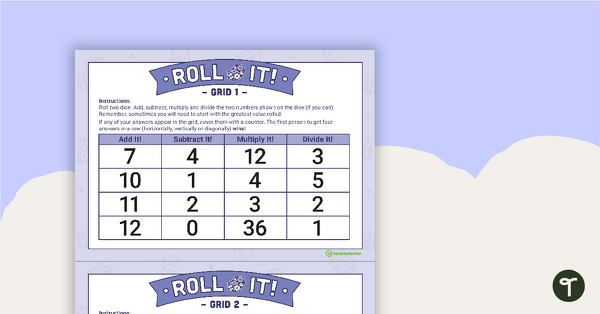
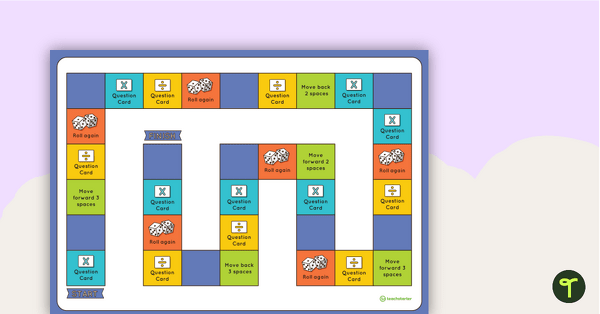
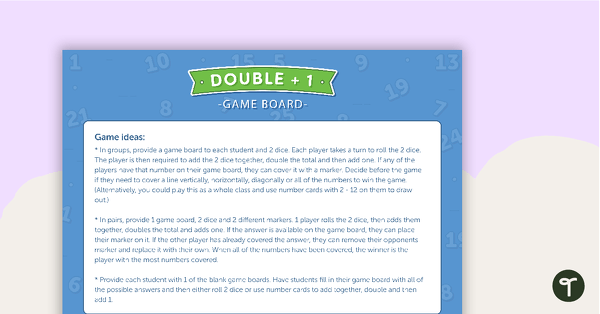

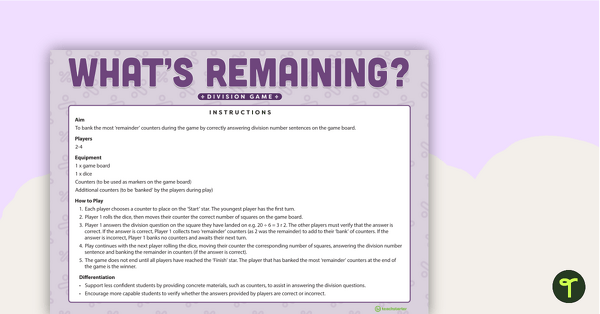
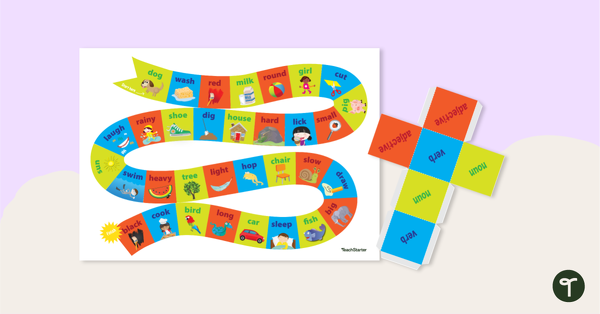
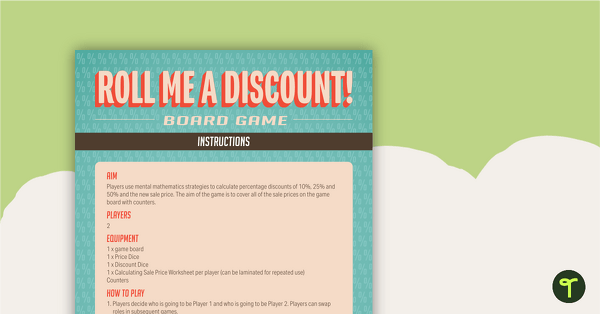
0 Comments
Write a review to help other teachers and parents like yourself. If you'd like to request a change to this resource, or report an error, select the corresponding tab above.